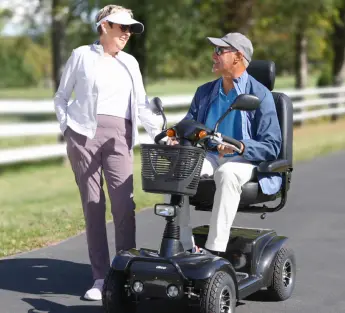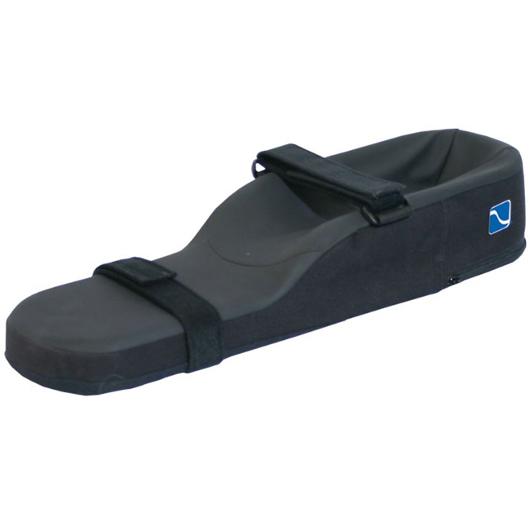Comfort Arm Support
Available in three lengths and provides support for contractures and tone.
The SpinLife Difference Includes:
"Best on the Web" Return Policy
Interlocking Bracket Hardware
Lifetime Limited Warranty
Made in the USA

Features
- Three hardware mounting options
- Available in 14", 17" and 22" lengths
- Moldable option available in 22" length
Overview
The Comfort Low Profile Arm from Comfort Company provides support for contractures and tone while also preventing finger drop. It is available in 14", 17" or 22" lengths, and comes with adjustable and removable straps to help keep the arm secure. Also available in a 22" moldable option that can be used to elevate the fingers and aid in the prevention of edema. Comes with the standard interlocking bracket that quickly mounts the arm securely to 3/4" or 7/8" wheelchair tubing. Upgrade mounting hardware options include elevating/articulating or swing-away hardware.
The Comfort-Tek cover on the Comfort Low Profile Arm has a fluid proof exterior and an easy to clean surface. It has supple leather-like properties with multi-dimensional stretch that helps alleviate pressure on bony prominences.
More Information on the Comfort Arm Support
See also:
Specs
| Arm Lengths: |
14" 17" 22" |
| Inside Arm Width: | 4.00" |
| Inside Rear Height: | 2.75" |
| Thickness: | 1.50" |
| Total Arm Width: | 6.00" |
Approximate Shipping Dimensions and Weights
| Product Weight: | 2.3 lbs. |
Warranty Information
The Comfort Company products are guaranteed for life against manufacturer's defects. We will gladly repair or replace any products at no charge to you.
More Information on the Comfort Arm Support
See also:
Return Policy
- The following conditions apply:
- This item has a 20% Restocking Fee.
- You are responsible for the cost of return shipping. The product must new and unused and in the original packaging.
- All accessories and items that were included in the box must be returned.
- Items canceled after the product has already shipped will be considered a return.
- Delivery and service fees are not refundable.
- Mattresses ordered with beds are non-returnable.
- Custom-made by the manufacturer to suit your specific needs are non-returnable.
- An RA (Return Authorization) from SpinLife must be requested within 30 days of delivery.
- The item must be shipped back to the address noted on the RA within 15 days.
- Once approved, your refund, minus any restocking and freight fees, will be issued to your original form of payment.
- If delivered by a technician and delivery slip is signed and accepted the item is unable to be returned.
If you have questions about this item please call a SpinLife Expert at 1-800-850-0335.
More Information on the Comfort Arm Support
See also:





 Contact Us
Contact Us
 M-F 9am - 6pm ET
M-F 9am - 6pm ET
 Request parts
Request parts Request Service
Request Service



